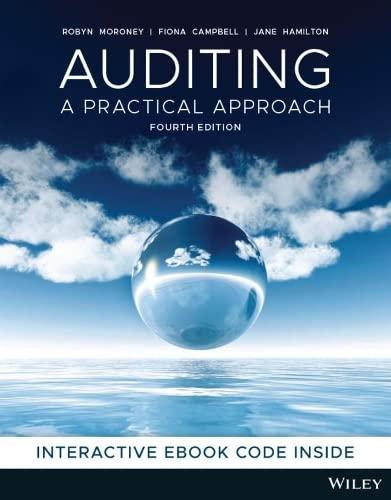Answered step by step
Verified Expert Solution
Question
1 Approved Answer
(7%) Problem 9: There are lots of examples of ideal gases in the universe, and they exist in many different conditions. In this problem

(7%) Problem 9: There are lots of examples of ideal gases in the universe, and they exist in many different conditions. In this problem we will examine what the temperature of these various phenomena are. 25% Part (a) Give an expression for the temperature of an ideal gas in terms of pressure P. particle density per unit volume p, and fundamental constants. A 25% Part (b) Near the surface of Venus, its atmosphere has a pressure f= 92 times the pressure of Earth's atmosphere, and a particle density of around p = 1.1 x1027 m3. What is the temperature of Venus' atmosphere (in C) near the surface? A 25% Part (c) The Orion nebula is one of the brightest diffuse nebulae in the sky (look for it in the winter, just below the three bright stars in Orion's belt). It is a very complicated mess of gas, dust, young star systems, and brown dwarfs, but let's estimate its temperature if we assume it is a uniform ideal gas. Assume it is a sphere of radius = 5.4 1015 m (around 6 light years) with a total mass 4000 times the mass of the Sun. If the gas is all diatomic hydrogen and the pressure in the nebula is P = 6.4 10-9 Pa, what is the average temperature (in K) of the nebula? Assume the mass of the sun is M = 1.989 1030 kg and the mass of a hydrogen atom is my=1.67 x 10-27 kg. A 25% Part (d) Deep in space there is an average particle density po = 0.93 cm and an extremely low pressure of Po = 4.8 10-17 N/m. What is the average temperature of (mostly) empty space? Give your answer in K.
Step by Step Solution
There are 3 Steps involved in it
Step: 1

Get Instant Access to Expert-Tailored Solutions
See step-by-step solutions with expert insights and AI powered tools for academic success
Step: 2

Step: 3

Ace Your Homework with AI
Get the answers you need in no time with our AI-driven, step-by-step assistance
Get Started


